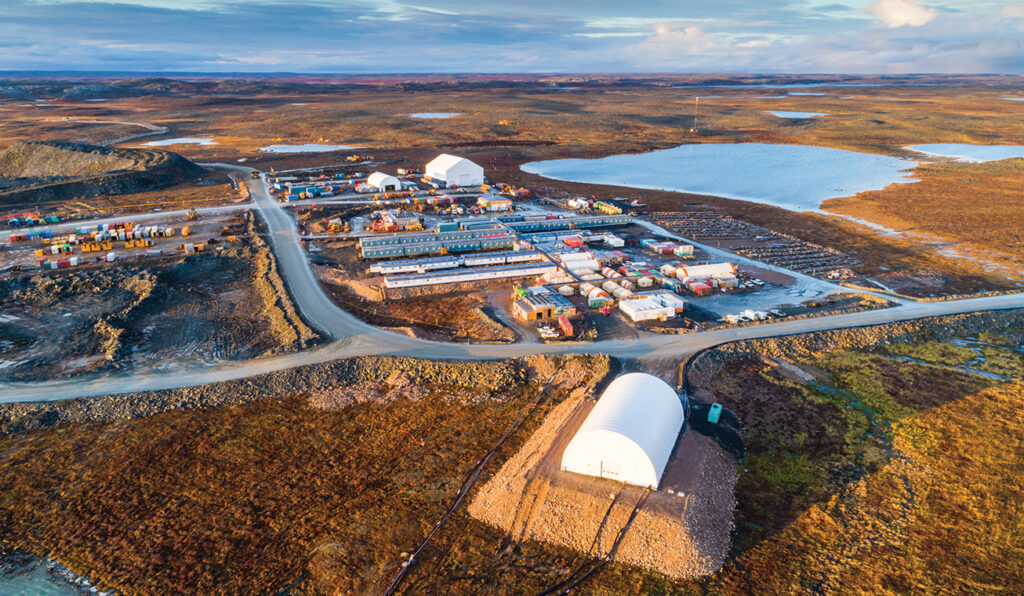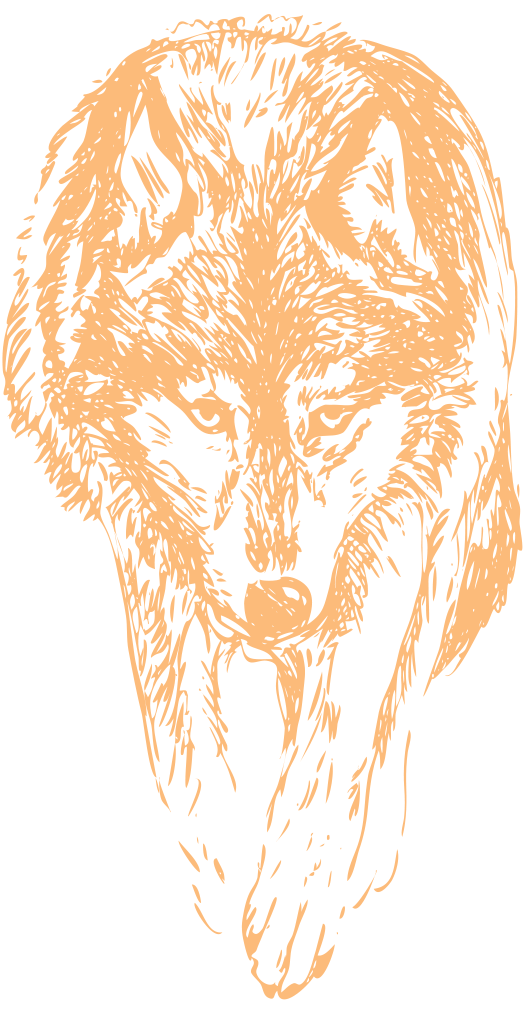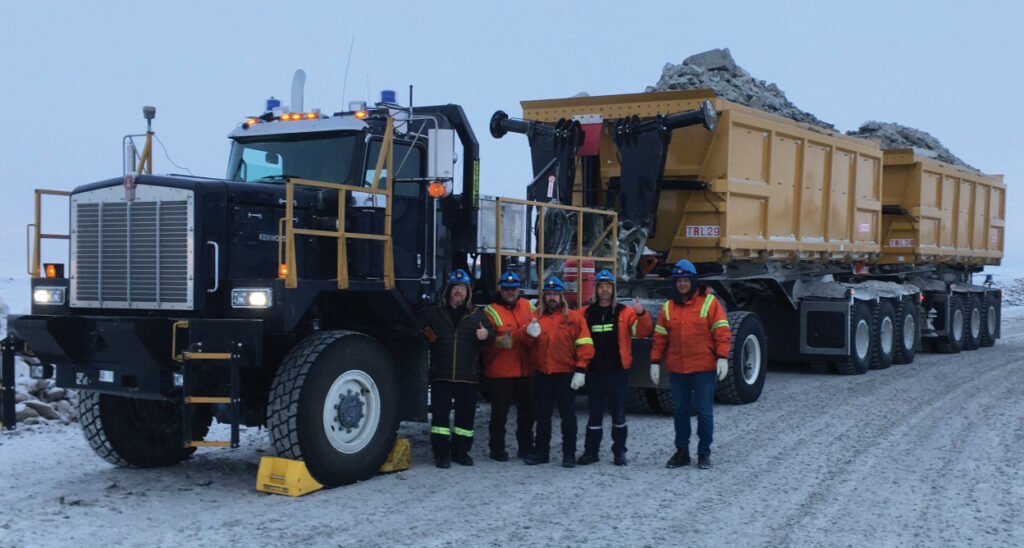The Road to Amaruq


The road to Amaruq stretches 170 km, starting from Baker Lake, Nunavut. It reaches north 105 km to the Meadowbank gold mine and then extends a further 50 km north to Agnico Eagle Mine’s latest gold discovery, the rich Amaruq deposit. The richest zone at Amaruq, Whale Tail, is an additional 15 km. It’s a road to increasing prosperity for the Kivalliq region in Nunavut and also for the multi-tasking Agnico Eagle – road builder, gold mine owner, and operator and exploration company. As a haul road built to transport gold-bearing ore from Amaruq, a satellite deposit to Agnico Eagle’s Meadowbank gold mine, it is essential to extending the operating life of that mine. Hauling ore to Meadowbank, which was slated to close in late 2019, means Agnico can continue to use the existing facilities, including the mining equipment, the mill, tailings, camp, and airstrip, in the service of mining the Amaruq deposit. The Meadowbank mill has a capacity of 9,000 tonnes/day and will need some minor modifications before milling the Amaruq ore. Other facilities, including a truck shop and warehouse, fuel storage and a larger camp facility are being built at Amaruq, and a small fleet of large, off-road heavy-duty haul trucks were shipped on the sealift this summer.
The road was built in two phases: phase one, construction of an exploration road, was completed in August 2017; phase two, expansion and upgrading to a production road, was completed in April 2018. Dennis Gosselin, Amaruq Road, and Long Haul Truck Supervisor say the road and the nine bridges along the route were widened to accommodate the larger haul trucks. “This is a proper mining road,” he says adding that much of it is built directly on bedrock. “The road is bigger and the bridges have been strengthened. These trucks are different from usual mining haul trucks. They are long, off-road tractors with B-train couplings, and can haul 150 tons.” Gosselin says that a fleet of 20 trucks will be needed to feed the Meadowbank mill.

Amaruq was discovered in 2013, and the property now encompasses 111,358 hectares located on Inuit-owned and federal Crown land. Amaruq is host to seven identified gold zones, including Whale Tail, I, R, V and Mammoth 1 and 2 zones as well as others that Agnico plans to continue to explore. Whale Tail, the richest found so far, is the first to be mined. Beginning in 2019, its ore will feed the mill just as production from Meadowbank ends. Presently, dike construction is nearly completed around the deposit that lies under a lake at Whale Tail. De-watering and pre-stripping is set to begin in late 2018; hauling and stockpiling ore at Meadowbank will begin in February 2019. Agnico Eagle plans to mine the Amaruq deposits with open pit and underground methods. As of December 31, 2017, the entire deposit is estimated to contain an initial open pit mineral reserve of 2.4 million ounces of gold, an open pit and underground indicated mineral resource of 1.0 million ounces gold, and an open pit and underground inferred mineral resource of 1.7 million ounces. Whale Tail contains 89 percent of the currently estimated reserves and is expected to produce about 2.1 million ounces of gold between 2019 and 2024. Other zones are expected to be included as permitting is completed.
Agnico continues to explore the region within its claim block to take further advantage of its existing facilities. Gosselin says planning and budgeting were critical to ensuring that the Amaruq project would be a financial success. He notes that there is no infrastructure in the region, so Agnico had to build its own roads, and move materials and equipment from southern suppliers by sealift to Baker Lake, from where it was hauled to site. The lack of infrastructure and the remote location added substantially to the project’s cost. Capital costs for the Amaruq project are estimated to be $300 million, and sustaining capital costs are estimated to be $25 million per year. Mine reclamation costs are estimated to be $25 million. Capital expenditures at Amaruq in 2018 are forecast to be approximately $175 million, and $66 million in 2019.
Agnico’s other major project in the region, the Meliadine gold mine, 25 km from Rankin Inlet, has an estimated initial capital cost of $900 million. Construction is nearly completed, and the mine is expected to begin production in the second quarter of 2019. (See story and photos, page 24). Agnico Vice-president for Nunavut Dominique Girard says 30-40 percent of the company’s production is expected to come from Nunavut. Agnico owns and operates mines in Quebec, Mexico, and Finland.

